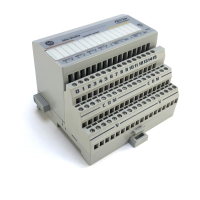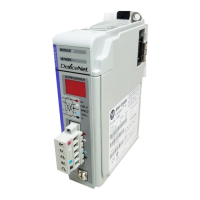Chapter 5
Programming Via Escape Sequences
5–3
– is an ASCII ’–’ character (hexadecimal 2D or decimal 45).
y is a lower case ASCII ’y’ character (hexadecimal 79 or decimal 121).
<n> is a decimal number, one or two ASCII digits.
<alpha> is an ASCII letter of the alphabet, usually upper case. The
exception is when using it in a concatenated sequence (discussed later).
<optional> is supplemental character data or optional data used for
concatenating, or stringing, several escape sequences together.
The following rules apply to all escape sequences:
1. Escape sequences must have no embedded spaces.
2. For every <alpha> there is a valid <n> range, as listed in the command
description.
3. The ASCII “y” must be lower case.
4. The last <alpha> of a command sequence must be upper case.
In the following escape sequences, the <n> number in the transmitted escape
sequence may be specified in two different ways.
Method #1 is used when all of the configurable options are mutually
exclusive. In this case, find the option of choice in the table and read off the
value of <n> directly from the table. The first column of the table will be
labeled
n
. For example, the escape sequence Esc – y 1 Z will immediately
reset the decoder.
Method #2 is used when several different options may be selected
simultaneously. Where the
n
values are not mutually exclusive, the first
column heading will be Binary Value. To determine <n>, choose the wanted
functions and add up the corresponding binary values.
For example, Esc – y 1 F is the escape sequence used to select Code 39,
because its binary value is 1. The binary value of Interleaved 2 of 5 is 2. To
select both, add the binary values 1+2 to determine <n>, which is 3. The
new sequence is
Esc – y 3 F.
Most of the escape sequences sent to the decoder may be concatenated, or
strung together, to reduce the number of escape sequences sent to the
decoder.
Concatenated escape sequences must have no embedded spaces. Spaces
have been added in this manual for clarity.
Determining the <n> Value
Concatenating Escape
Sequences

